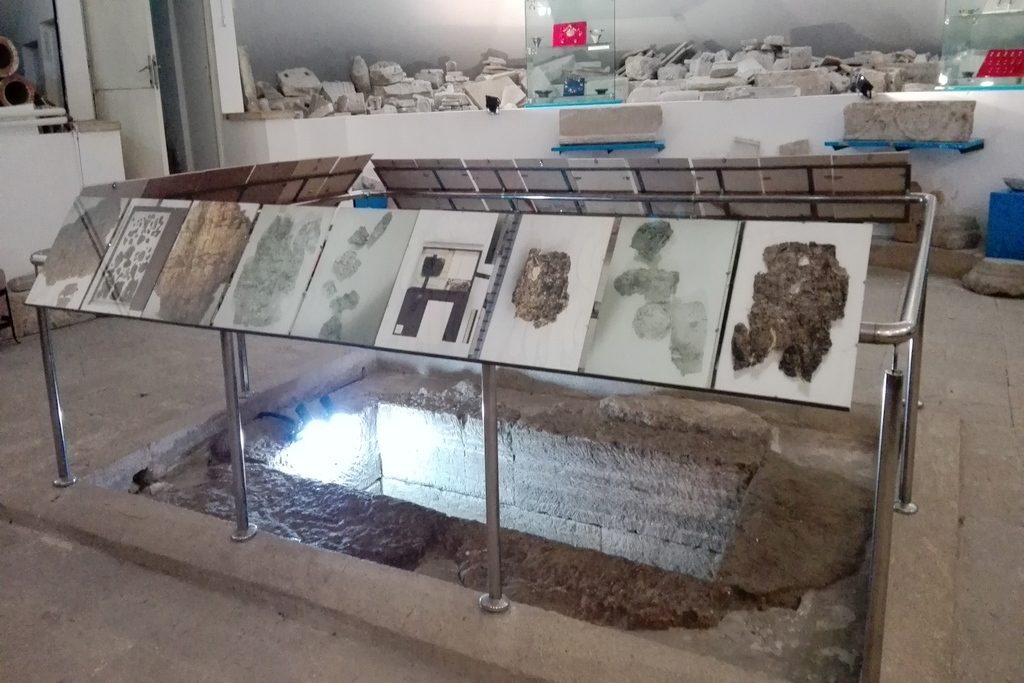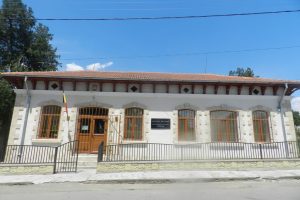

Being discovered in 1959 by accident following some urban plan works from Mangalia – Romania, the oldest papyrus from Europe stood hidden in a tomb situated outside the Greek citadel Callatis, in an area with necropolis with a few dozens of tombs.
The most important tomb from the necropolis, surrounded by a symbolical stone ring, contained a bronze sarcophagus, two laurel crowns of golden bronze, golden objects, coins, offerings of a deceased man, possibly a law giver, priest or noble. In his hand, there was discovered the oldest papyrus from Europe, whose antiquity was established by the presence of the coins (drachms from the period of Filip the IInd), belonging to the IVth century A.D., existent in the tomb. In the moment of the discovery, in contact with air and light, the papyrus (possibly with a length of 30 cm and a width of 5 m) began to rapidly deteriorate and the archeologists had to cover the tomb. After 30 days, the tomb was reopened in optimal conditions by a team of soviet specialists, and the papyrus was taken at Moscow to be conserved and restored. Since then, the oldest papyrus from Europe has disappeared for 50 years.
From Moscow, the oldest papyrus from Europe returned to Mangalia – Romania, in three boxes of small dimensions in August 2011 because of the efforts of the historian Sorin Cosleniuc. The papyrus fragments are only conserved and not restored, which is why the writing or the message on it is very hard to be deciphered at the level of the sign; with the help of the infra-red photographs, there are identified a few letters from old Greek, and the rest of the signs remained unknown.
In the entire Europe, there is another similar papyrus, in a museum from Salonika, Greece, but it is only a fragment. The one from Romania is comprised of 154 pieces, whose dimensions vary between a few millimeters and pieces of 3 -4 centimeters. Given the complexity of the text, the letters used, as well as the fragility of the papyrus, its deciphering will involve hereafter years of research, following the fact that it will answer to series of questions regarding the origin of the person buried and of the history of the citadel of Callatis.


